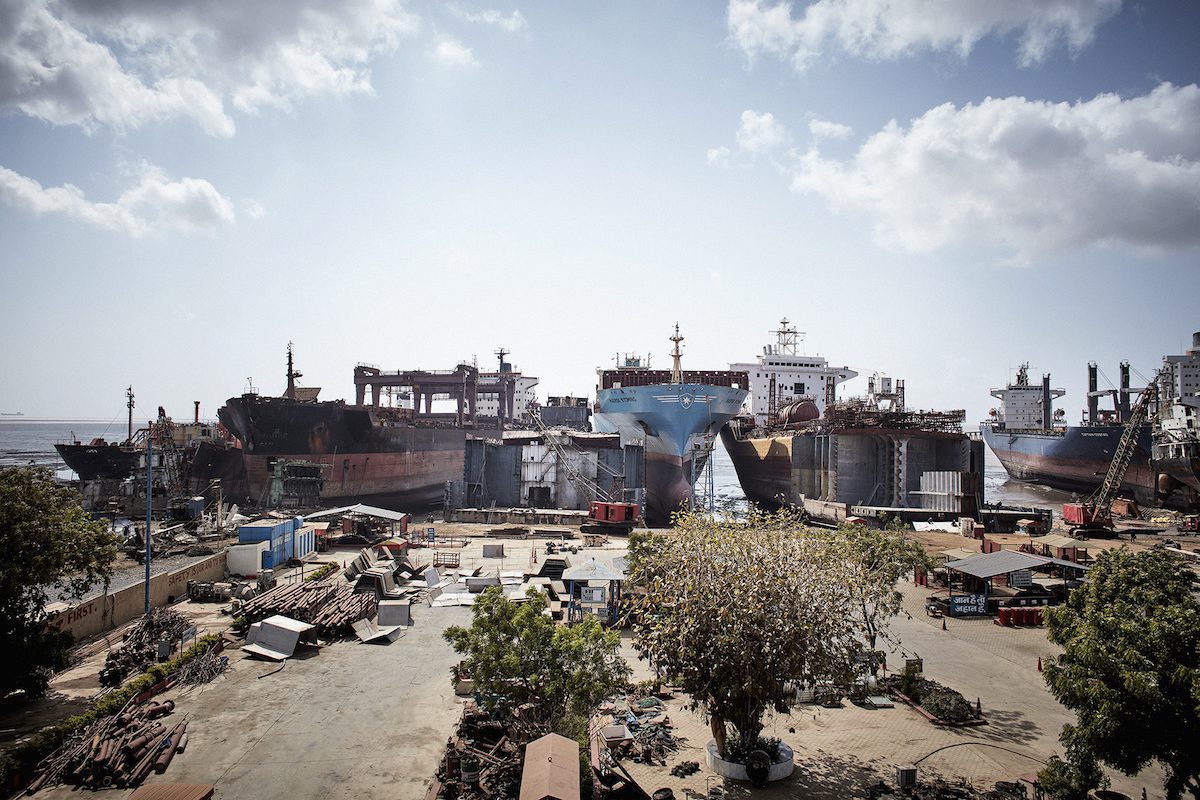LONDON, March 6 (Reuters) – When the Rubymar sank in the Red Sea after a Houthi attack, the ship went down carrying 21,000-tonnes of fertilizer which could trigger massive algal blooms that could create “dead zones” for marine life and starve coral reefs of light.
Alongside a slick of leaking fuel, the ammonium phosphate sulfate fertilizers could deliver an extreme pulse of nutrients into waters harboring rare corals, marine mammals and reef fish, creating a spread of foamy scum on the water.
According to a maritime warning circulated to ships in the area, the UK-owned Rubymar, the first vessel lost since Houthi militants began targeting commercial ships in November, sank at the weekend in a narrow area between Yemen and Eritrea at around 100 meters (330 feet) of depth, along the continental slope.
The relatively shallow waters near the coasts are teeming with coral.
“It is such a huge amount of fertilizer and it is a terrible location,” said Ali Al-Sawalmih, director of the Marine Science Station at the University of Jordan.
Adapted to warm water conditions, scientists have hoped the Red Sea might serve as a refuge for corals as climate change further warms the world’s oceans – making any potential impact even more significant.
The conflict in the area further complicates any cleanup and would dissuade salvage ships from entering the high risk waters, shipping industry sources said.
So far, it is not clear who has insured the Belize-registered Rubymar and would therefore pay for any remediation. It is not known how the fertilizer was stored and how secure it would be from reaching the water. And so far, any damage has yet to be reported.
But the sinking has the potential to be the worst environmental catastrophe the region has experienced in more than a decade, Sawalmih said.
An overload of fertilizers can stimulate excessive growth of algae, using up so much oxygen that regular marine life cannot survive. This creates dead zones where nothing lives.
Fertilizers often also contain traces of harmful chemicals which are toxic to marine life.
“Fishing communities along Yemen’s Red Sea coast in Hodeidah and Taiz will be impacted by the contamination,” said Mohammed al-Basha with U.S. analytics company Navanti Group. This could lead to lower catches and damage to livelihoods.
Yemen’s Iran-aligned Houthis have vowed to continue sinking ships in the Red Sea and the narrow Bab el Mandab chokepoint further south through which millions of barrels of oil and hundreds of thousands of tonnes of industrial commodities pass each day.
The Houthis, who control the north of Yemen and other large centers, say their campaign is a show of solidarity with Palestinians in Gaza.
CORAL ECOSYSTEM
The sinking of the Rubymar represents one of the few times in recent years a vessel has sunk with vast quantities of fertilizer on board, and perhaps the only sinking in a sensitive coral ecosystem.
Earlier this year, a German-flagged vessel carrying 1,000 tonnes of nitrogen fertilizer struck a bridge and sank along the Danube River border between Serbia and Croatia.
Serbian authorities said the fertilizer was carried downstream and follow up analysis showed no increased pollution.
The Red Sea is usually a nutrient poor water body, receiving few artificial inputs from urban wastewater discharge and aquaculture operations.
“If you suddenly have a huge amount of fertilizer dumped into the ocean, you’re probably going to have some pretty drastic algal blooms,” said Derek Manzello, who coordinates the U.S. National Oceanic and Atmospheric Administration’s Coral Reef Watch.
Studies suggest that because corals there are already specially adapted to warm water conditions, they may be more resilient to rising ocean temperatures, requiring greater temperature anomalies to bleach – the process by which corals expel the colorful algae living in their tissues when under heat stress.
Scientists however have observed that Red Sea reefs rapidly lost coral cover between 2019 and 2023 following high ocean temperatures. Corals exposed to a lot of nutrients have also been found to be more susceptible to heat stress and bleaching.
Blooms of tiny algae in the water column may also form a murky soup that blocks sunlight from reaching reefs.
With the sinking of the Rubymar and possible fertilizer release, “this is like adding insult to injury,” Manzello said.
(Reporting by Gloria Dickie and Jonathan Saul in London, additional reporting by Aleksandar Vasovic in Belgrade; Editing by Katy Daigle, Simon Webb and Alison Williams)
(c) Copyright Thomson Reuters 2024.

 Join The Club
Join The Club












